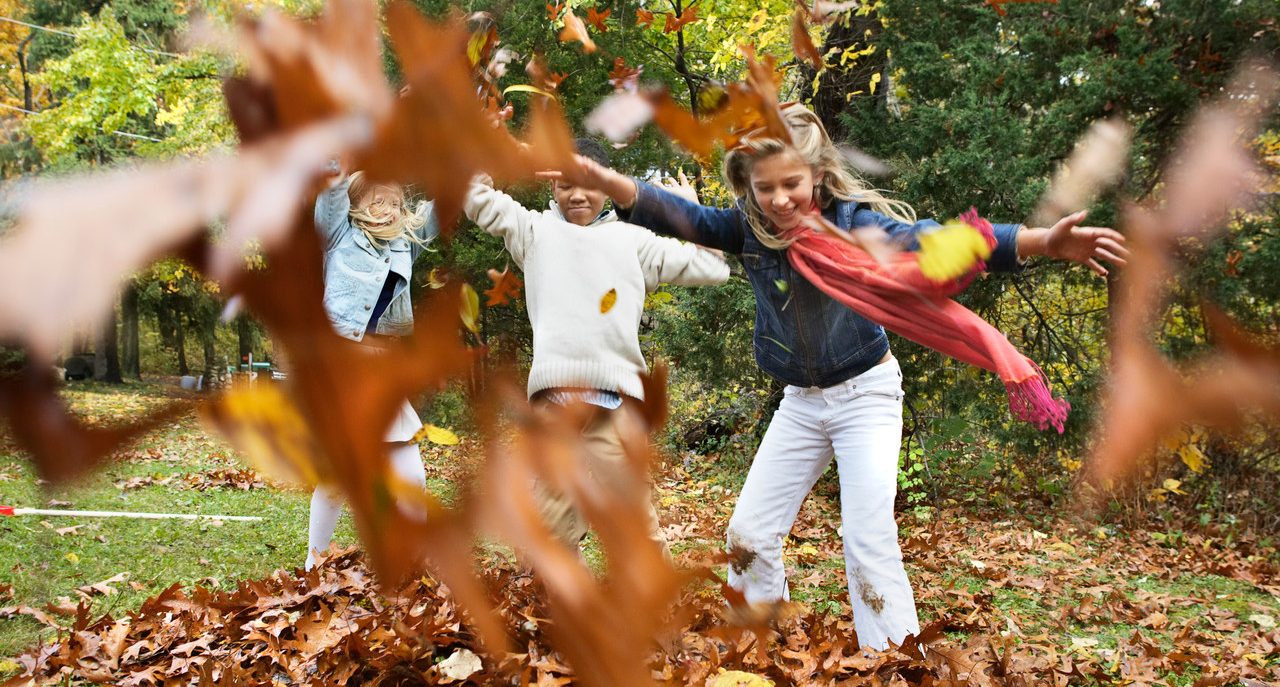Fall Allergies Your Child Might Face

How to stop sniffles and sneezes from affecting your child’s school day.
If your child has allergies, spring might not be his only miserable season. Almost 7 million kids have allergic rhinitis — or hay fever — and for many of them, symptoms are year-round.
In the spring, kids typically react to pollen, grass, or airborne mold spores. Once the weather cools, indoor allergens like dust, fungi, and the family pet are often the main triggers.
Allergies are more than an annoyance. They can rob kids of sleep at night, and interrupt their focus at school the next day. “If kids are having difficulty breathing, are sneezing, have runny noses and itchy eyes, and haven't slept well the night before, they won't perform at their best,” said allergist Michael Foggs, MD, past president of the American College of Allergy, Asthma, and Immunology.
Is it allergies, or a cold? How to tell the difference
Cooler weather also ushers in cold and flu season. Sometimes, it can be hard to tell the symptoms apart. Both colds and allergies can cause a stuffed or runny nose and sneezing. The difference is in the details, says Michelle Lierl, MD, a pediatric allergist at Cincinnati Children’s Hospital Medical Center.
“Children who have springtime or fall allergies have much more itching of their noses; they often have fits of sneezing and usually rub their noses in an upward motion. They also complain about an itchy, scratchy throat or itchy eyes, whereas with a cold, they don’t,” she said. Allergies can also cause skin rashes or an upset stomach.
Duration is another way to tell a cold from an allergy. Colds usually run their course in a few days. Allergies can last for as long as the child is exposed to the offending substance.
Find the cause
If you suspect your child has a fall allergy, see your pediatrician or an allergist before school starts. The doctor can help you find the trigger by putting small amounts of the suspected substance under the skin of your child’s arm or back to look for signs of a reaction. Or, the doctor can do a blood test that detects levels of antibodies to common environmental allergens.
Also do some sleuthing at school. Walk through the classroom, cafeteria, and other common areas with your child’s teachers. Look for triggers like cleaning chemicals, mold, pets in the classroom, or a chalkboard that kicks up dust.
Managing fall allergies
Once you’ve found the culprit, the best allergy management strategy is avoidance. Work with teachers and school administrators to keep the allergen away from your child, or your child away from the allergen. Once you have a treatment plan from your allergist, share it with the school. It should include your child’s triggers and treatment.
Rid your home of allergens by washing bedding in hot water and vacuuming carpets often. Dust bookshelves, plants, and tables — wherever dust tends to collect. Wash pets at least once a week to cut down on dander. Run the air conditioner or use a dehumidifier to keep indoor humidity at 30 to 60 percent, which will cut down on mold. You can also buy a HEPA filter to help clear small particles from the air.
When allergen avoidance isn’t enough, give your child an over-the-counter medicine. Decongestants and antihistamines relieve a runny and stuffy nose, sneezing, and itching. Steroid nasal sprays bring down inflammation in the nose.
Just be careful when dosing, keeping in mind that children are smaller and can be more sensitive to the effects of drugs than adults. “For example, some antihistamines can have adverse effects at lower doses on young patients, causing excitability or excessive drowsiness,” said Dianne Murphy, MD, director of the Food and Drug Administration’s Office of Pediatric Therapeutics. “Always read the label to make sure the product is appropriate for your child’s age. Just because a product’s box says that it is intended for children does not mean it is intended for children of all ages.”
If over-the-counter drugs aren’t enough to relieve your child’s symptoms, you can try allergy shots, also called immunotherapy. Your allergist will give your child small amounts of the substance that triggers her reaction. Over time, the doses will be increased to gradually build immunity to the substance.
Updated:
August 03, 2021
Reviewed By:
Janet O’Dell, RN